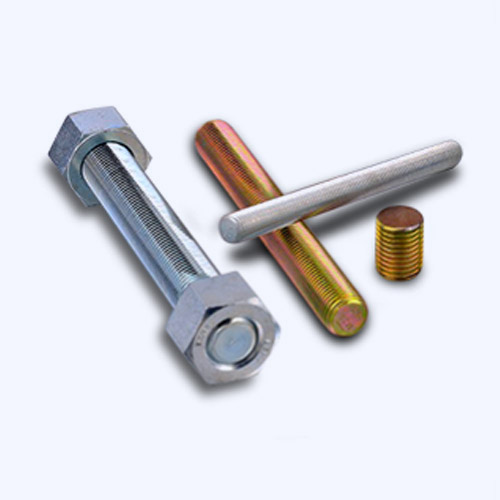

Self-assembling screws for innovative engineering solutions and improved assembly efficiency
Sep . 29, 2024 04:12 Back to list
Self-assembling screws for innovative engineering solutions and improved assembly efficiency
The Innovation of Self-Forming Screws Revolutionizing Fastening Technology
In the world of manufacturing and construction, fastening components securely is a critical task that can significantly impact the durability and performance of structures and products. Traditional screws have long been the go-to solution for joining materials. However, the introduction of self-forming screws is revolutionizing the fastening industry, making assembly processes faster, more efficient, and ultimately more reliable.
What Are Self-Forming Screws?
Self-forming screws are advanced fastening devices designed to create their own mating threads in a material, eliminating the need for pre-drilled holes. This unique capability not only simplifies the assembly process but also enhances the structural integrity of the connection. These screws typically feature specialized thread designs that allow them to cut into various materials, including metals, plastics, and composites. Their application is particularly advantageous in situations where speed and precision are paramount.
The Mechanics Behind Self-Forming Screws
The design of a self-forming screw is key to its functionality. The screw’s innovative threading allows it to displace material rather than simply cutting through it. This action results in a tightly locked joint that can withstand significant forces and stresses. The self-tapping feature means that as the screw is driven into material, it automatically forms the necessary threads required for a strong hold. This design principle minimizes the risk of stripping, a common problem with traditional screws.
Advantages of Self-Forming Screws
One of the primary benefits of self-forming screws is the substantial reduction in assembly time. Without the need to drill pilot holes, manufacturers can streamline their processes, leading to faster production cycles. Additionally, because these screws can be used in a variety of materials, they reduce the need for different types of fasteners for different applications, further simplifying inventory management.
Cost-effectiveness is another significant advantage. Although the initial investment in self-forming screws may be higher than standard screws, the ability to reduce labor time and material waste can lead to significant savings in the long run. Moreover, the strong and reliable joints formed by these screws contribute to increased product lifespan and reduced maintenance costs.
self forming screw

Applications Across Industries
Self-forming screws have found applications in diverse sectors, including automotive, aerospace, electronics, and construction. In the automotive industry, for instance, self-forming screws are used to assemble various components, providing a strong and lightweight alternative to traditional fastening methods. The aerospace sector benefits from these fasteners due to their ability to reduce weight, which is crucial for improving fuel efficiency.
In electronics, the precise and stable fastening provided by self-forming screws is invaluable, particularly in devices where space is limited, and reliability is critical. In construction, such screws facilitate faster assembly of structural components, leading to significant reductions in labor costs and project timelines.
Challenges and Considerations
Despite their numerous advantages, the adoption of self-forming screws is not without challenges. The design and manufacturing process of these screws require advanced technology and engineering, which can lead to higher production costs. Additionally, their performance can be influenced by material properties and environmental factors, necessitating careful consideration of when and where to use them.
Furthermore, training for personnel on the proper installation and application of self-forming screws is essential to maximize their benefits. One must ensure that the fastening process is executed correctly to maintain the integrity and reliability of the assembled components.
Conclusion
The development of self-forming screws marks a significant advancement in fastening technology. By simplifying assembly processes, enhancing joint strength, and providing cost-effective solutions, these innovative screws are changing the landscape of manufacturing and construction. As industries continue to evolve and demand for efficient solutions increases, self-forming screws are poised to become an integral part of future fastening systems. The evolution of this technology not only showcases human ingenuity but also provides a glimpse into a future where efficiency and reliability go hand in hand.
Latest news
-
Premium Fasteners Manufacturer | AI-Driven Solutions
NewsAug.01,2025
-
Hot Dip Galvanized Bolts - Hebei Longze | High Strength, Corrosion Resistance
NewsAug.01,2025
-
High-Strength Hot Dip Galvanized Bolts - LongZe | Corrosion Resistance, Custom Sizes
NewsAug.01,2025
-
Best Self Tapping Screws for Drywall - Fast & Secure Installation
NewsJul.31,2025
-
High-Strength Hot Dip Galvanized Bolts-Hebei Longze|Corrosion Resistance&Customization
NewsJul.31,2025
-
Hot Dip Galvanized Bolts-Hebei Longze Metal Products|Corrosion Resistance&High Strength
NewsJul.31,2025

